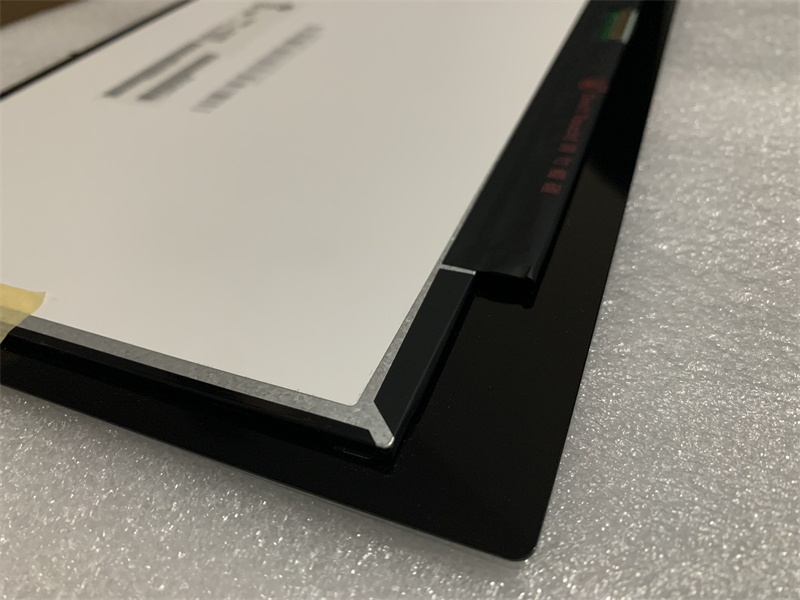The Professional’s Guide to Choosing the Best Newest Laptop LCD Panel
As a professional in the tech industry, choosing the best newest laptop LCD panel can be a challenging task. With so many options available in the market, it can be overwhelming to determine which one is the right fit for your needs. In this guide, we will explore the key factors that you should consider when selecting a laptop LCD panel and provide insights into the latest technologies available in the market.
Understanding LCD Panel Technology
The first step in choosing the best laptop LCD panel is to understand the different technologies available. LCD panels are categorized into three types, including Twisted Nematic (TN), In-Plane Switching (IPS), and Vertical Alignment (VA). Each of these technologies offers different advantages and disadvantages, which can impact the overall performance of your laptop.
TN panels are the most affordable and offer fast response times, making them ideal for gamers and those who prioritize speed over color accuracy. IPS panels, on the other hand, offer better color accuracy and viewing angles, making them ideal for graphic designers and photographers. VA panels offer the best contrast ratios, making them ideal for watching movies and videos.
Display Resolution
Another important factor to consider when choosing a laptop LCD panel is display resolution. Display resolution refers to the number of pixels on the screen and impacts the sharpness and clarity of the image. The higher the resolution, the better the image quality.
Common display resolutions for laptop LCD panels include 1366×768, 1920×1080 (also known as Full HD or 1080p), and 3840×2160 (also known as 4K). For professionals who require high-resolution displays for editing photos and videos, a 4K display is the best option. However, it’s important to note that a higher resolution also means higher power consumption and may impact battery life.
Color Accuracy and Gamut
Color accuracy and gamut are critical factors to consider when selecting a laptop LCD panel, particularly for professionals who require color accuracy for their work. Gamut refers to the range of colors that a display can produce, while color accuracy refers to how closely the colors on the screen match their real-life counterparts.
Most laptop LCD panels cover between 70-100% of the sRGB color space, with some high-end panels offering 100% coverage of Adobe RGB. For professionals in the graphic design, photography, or video editing fields, a laptop LCD panel with a wider color gamut is essential.
Panel Size and Aspect Ratio
Panel size and aspect ratio are also important considerations when choosing a laptop LCD panel. The most common panel sizes are 13.3″, 14″, 15.6″, and 17.3″, with the larger sizes being ideal for those who require more screen real estate. The aspect ratio refers to the proportion of width to height and impacts the overall viewing experience. The most common aspect ratios are 16:9 and 16:10, with the latter offering a taller display.
Touch Screen and Other Features
Lastly, you should consider whether you require a touch screen or other features when selecting a laptop LCD panel. Touch screens are becoming increasingly popular, particularly for those who use their laptops for drawing or taking notes. Other features to consider include anti-glare coating, blue light filtering, and adaptive brightness, which can enhance the overall user experience.
Conclusion
In summary, choosing the best newest laptop LCD panel requires careful consideration of several factors, including LCD panel technology, display resolution, color accuracy and gamut, panel size and aspect ratio, and touch screen and other features. By understanding these factors and selecting a panel that meets your needs, you can ensure that you are getting the most out of your laptop and enhancing your overall productivity as a professional.
Related Products










